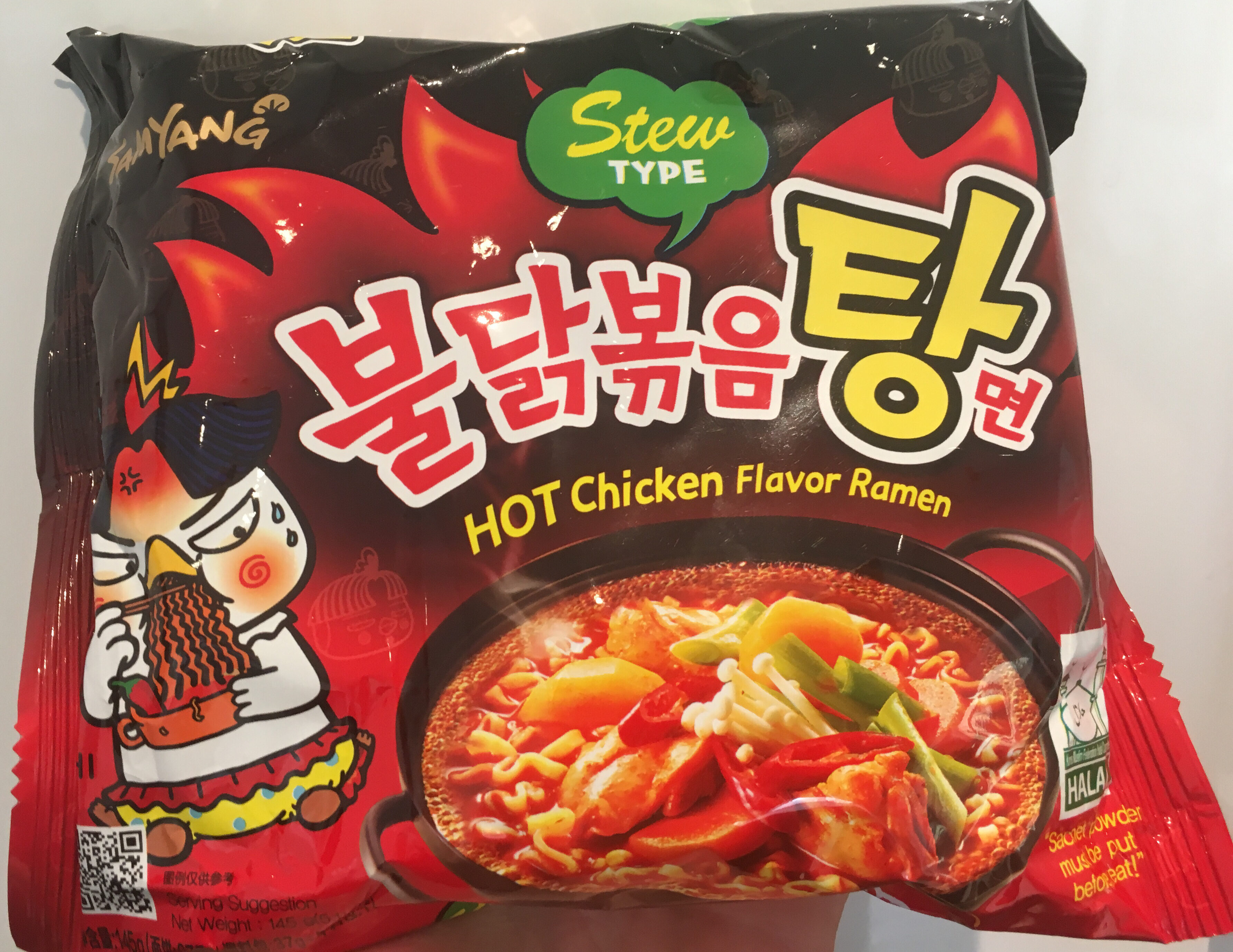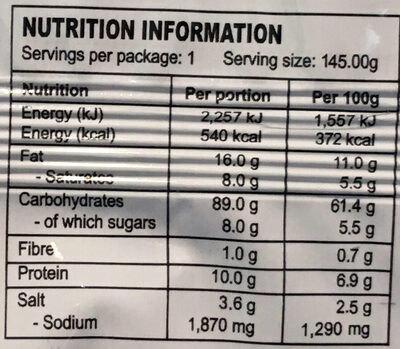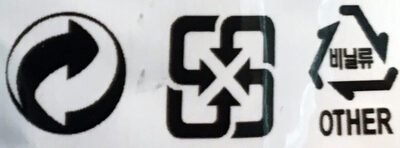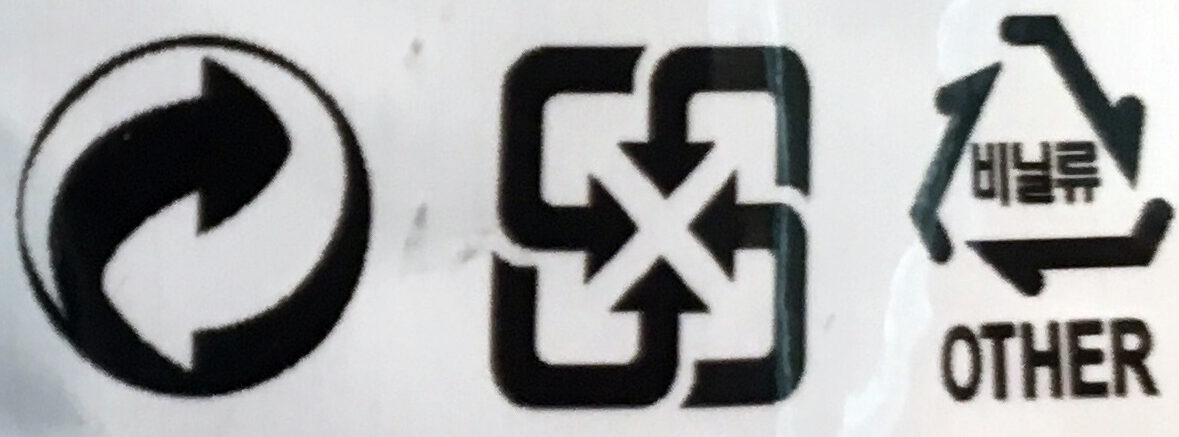HOT Chicken - Samyang - 145g
This product page is not complete. You can help to complete it by editing it and adding more data from the photos we have, or by taking more photos using the app for Android or iPhone/iPad. Thank you!
×
Barcode: 8801073113381 (EAN / EAN-13)
Quantity: 145g
Packaging: Plastic
Brands: Samyang
Categories: Plant-based foods and beverages, Plant-based foods, Cereals and potatoes, Cereals and their products, Meals, Dried products, Pastas, Dried products to be rehydrated, Noodles, Dried meals, de:Sup
Labels, certifications, awards:
Halal, Green Dot, Korea Muslim Federation Halal Committee

Manufacturing or processing places: Korea
Matching with your preferences
Report a problem
Data sources
Product added on by kiliweb
Last edit of product page on by olivier1962.
Product page also edited by autorotate-bot, foodless, inf, odinh, openfoodfacts-contributors, tenlight, yuka.SFp3K052NGhtdjhFcS8wODl3cU13LzhzN0xXcURFeVVlOFE4SUE9PQ, yuka.U5seGPKQDsMZG_De_I825DiKJMXdXPRVGW4how.










